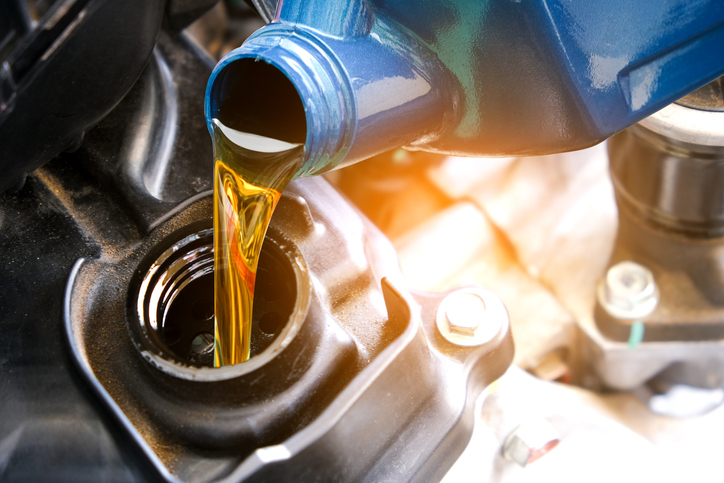The Difference Between Car and Motorcycle Oil Explained for Those in Mechanic School
Whether someone is driving a car or a motorbike, they’ll need oil to keep it running smoothly. Although motorcycle and car oils are similar in a number of ways, certain factors make it easier to set them apart. That being said, be sure to understand the nuances between both, as drivers cannot use car oil in a motorcycle for long periods of time—only temporarily. As an auto mechanic, you’ll want to be sure you’re providing the correct type of oil to a car, in order to avoid any preventable issues with transmission performance.
Despite these types of oil having a similar feel and appearance, understanding which factors separate them is essential, so that the car functions properly and any damage is averted. Here’s what you need to know about the difference between car and motorcycle oil.
One Major Difference Has to Do With the Engine and Transmission
In either a motorcycle or a vehicle, the transmission and engine are connected with one another. However, there’s a big difference with regards to how they’re connected depending on which one is being driven. With a motorcycle, these two parts are open to one another despite being connected, which allows for both sides to be lubricated by the oil being fed to it. Graduates of mechanic school know that with a car, the interconnected transmission and engine are completely separate parts. This means different oil types are necessary for both of them to be sufficiently lubricated. As such, motorcycle oil is meant for the specific type of transmission found within motorcycles, and using automotive oil as a replacement can do significant damage when used in motorcycles.
Another Difference For Mechanic School Students to Notice: Friction
For anyone studying at an automotive college, it’s important to notice how frictional properties between different parts play a role with regards to oil. Motorcycle oil needs to have a balanced amount of friction, while automotive oil is designed to minimize that friction. With a car, an ATF fluid that can generate the necessary friction is used to lubricate the transmission before driving. Oil for car engines also includes more friction modification in order to save fuel and limit friction on the engine. Meanwhile, motorcycles use oil with fewer friction modifiers, in order to have optimal transmission performance.
Automotive Oil Also Cannot Be Used for Too Long in a Motorcycle
As mentioned earlier, using automotive oil in motorcycles can be suitable as a temporary fix, but cannot and should not be used regularly, or for long periods of time. This is because the friction modifiers found in this type of oil can lead to the motorcycle being unable to function properly and/or create clutch slippage, as the transmission clutch plates can get clogged. The transmission and engine of a motorcycle need to combine with one another, so only one specific type of oil is able to do this by lubricating each part. Anti-wear additives are also used in high quantities in motorcycle oil, with little or no modification needed to account for friction.
Are you looking to start careers in the auto industry?
Contact CATI for more info!


